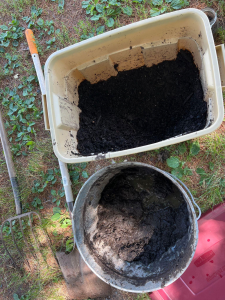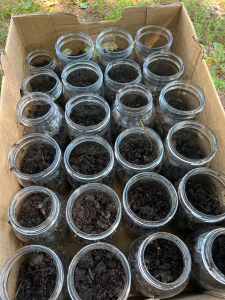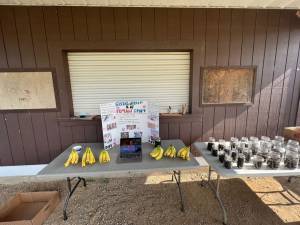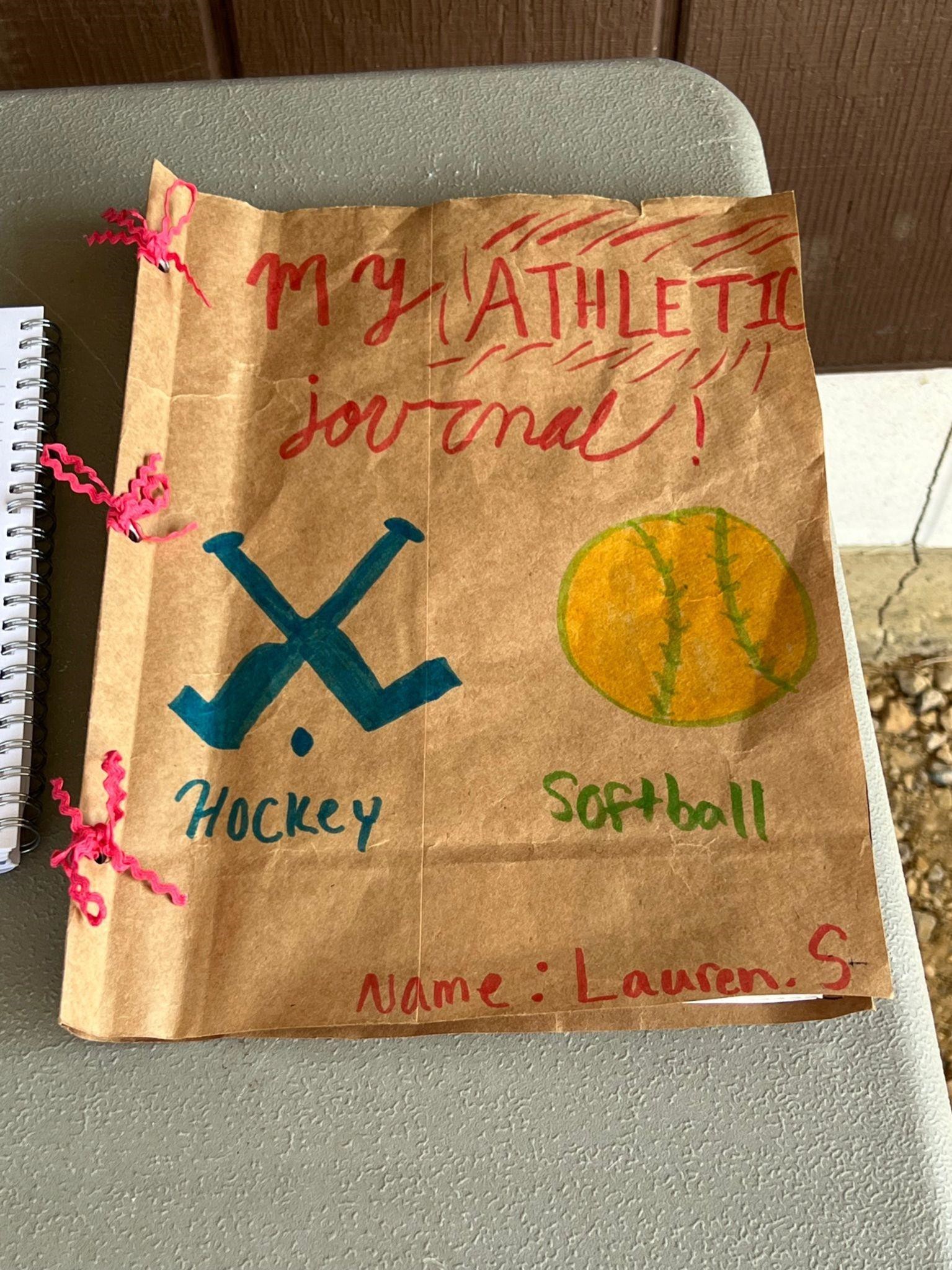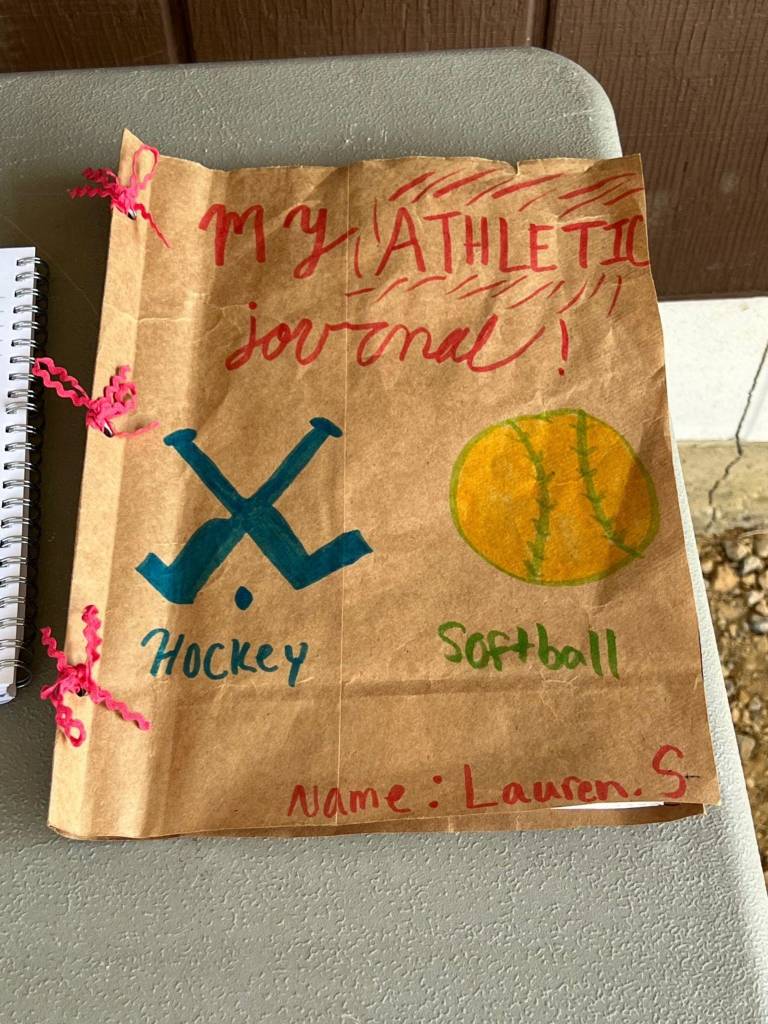My Passion:
I became passionate about advocating for female rights and the female sports platform after my CSGC trips to Puerto Rico and Jordan. On both of these trips, I was lucky enough to be able to share and compare my experiences with women of different cultures. During my spring break trip to Puerto Rico, I worked with an organization called Fundación de Mujeres “Foundation of the women,” which is a group of women who work to publish correct stories and counts on women’s violence and who publish the truth about the inequality women face in their territory. After working with such impassioned women, it felt like a spark went off in my heart. I too, was passionate about making a difference, teaching others about equality and being a strong female role model in young athletes’ lives.
During my summer trip to Jordan, me and my fellow tripmates stumbled upon a soccer game set up in the oldest Hippodrome in the world, but it wasn’t just any game of soccer. We were advocating for the play gap of soccer to be closed. In Jordan, soccer is the go to sport for most boys, but girls are not given an equal opportunity to play. From running on the burning hot sand, sharing celebrations with strangers (my team), and making videos to advocate for women’s sports, I realized that this story was one to be shared with other female athletes. After experiencing the inequality women face in other parts of the world, I was determined to work with young athletes in my hometown. I wanted to share my experience, and most importantly show them that it’s important to work hard for what they want, and to not change their goals because someone said they are not good enough.
I became passionate about environmental sustainability as a result of my first year at Deerfield. All year I was fortunate enough to take an AP seminar class, in this class I was able to focus my research on problems that were most important to me. Throughout the year I realized that sustainability was a topic that was most important to me. Some of my research included finding a sustainable solution to help solve hunger in Haiti, the sustainability of dams on shared waterways, and the effect that plastic water bottles have on the environment. The time I was allowed in the course to dig into my interests evolved my passion for learning about sustainability. I saw this passion strengthen when I traveled to Puerto Rico when I had the opportunity to work with an organization called Basura Cero which means zero trash. This company works with other companies who generate a lot of waste and teach that waste is a product of design. This concept led me to think outside the box and organize activities that had little waste, and allowed the girls to grow as athletes.
Overview of my service project:
I will be working with a local softball camp–of which I attended for five years when I was in the youth softball program. The camp takes place over three days, and is split up into two groups by age. My goal is to do the same activities with both groups, but modify each activity to fit the capabilities of my audience. Each day the girls will come a half hour early. Each day during this half hour, the group will focus on one athlete. I will provide information on each athlete and share why they inspire me. The connection to a specific athlete will allow the group to discuss the inequality women face in athletics, by learning about what that athlete has done to address the inequality. To end the half hour, there will be a hands-on activity that I have planned for that day. We will then make our way to the field and I will help the head coach run drills, demonstrate techniques, and most importantly be a female role model the young athletes can look up to and see in a position of power.
Day 1:
The first athlete I plan on talking about is Kendall Coyne, an athlete I have looked up to since my youth, and have confidence her advocacy for equality will speak to each of the athletes present at the camp. She is an Olympian and professional hockey player who advocates for gender equality, not only in hockey, but in everyday life. In her youth she often found herself asking, “why can the boys do this, and I can’t.” Kendall is an athlete who inspires me, and I will use this personal connection to explain why I am at their camp and how I became inspired. The activity for this day is decorating environmentally friendly, reusable water bottles. Each athlete will be able to choose the water bottle of their choice, and then decorate it with stickers with sayings such as, “you go girl” “yes girl yes” “women are powerful” “future is female” and “yes women can.” As the girls decorate their water bottles, I will give them the opportunity to shower their neighbor in uplifting compliments and teach them about the importance of building each other up. During the practice, as the girls take a water break, I will remind them about the importance of thinking about the environment when they purchase items, such as the water bottle they are drinking from. When the girls are with their throwing partner they will be encouraged to give each other positive praise and practice lifting up their teammates.
Day 2:
The next athlete our group will be discussing is Cadence Parker, she is a professional basketball player who is passionate about women’s rights, and having the same standards as the men. I will share an interview with the girls that shows Cadence talking about the height of the women’s college basketball rim. Cadence spoke up against the idea of lowering the rim in women’s basketball, and then went on to be the first female to dunk in a female NCAA tournament. Her hard work on and off the court shows young athletes the standards should not be lowered based on gender. Many of the girls at the softball camp also play basketball, which is why Cadence and her leadership qualities will be impactful. The activity for this day is goal setting, and journaling. I have prepared homemade journals from recycled materials that can be found around many peoples homes. The covers of the journals are paper bags that often get collected and not properly recycled. The paper is old computer paper that no longer has use, except for scrap. And the journals are bonded together by old craft string from my mom’s daycare. The girls will have the opportunity to personalize their journals, with the stickers from the previous day, and coloring utensils. I will ask the girls to think about female athletes that inspire them, and we will talk about those athletes and their qualities. We will take the time to do a journal entry together, so they are able to get a feel for how to do it on their own, and reflect on the practice the previous day, and set goals for the upcoming one. I plan on bringing my mindset books, and journal from my hockey seasons to show the girls what it may be like to make journaling a part of their game. Inside the journals are a few pages copied out of a growth mindset book, these pages include three activities that will allow the girls to think about their mental game and female athletes that inspire them. The older girls will be asked to take their journals home and return on the final day with the first page completed. We will be able to talk about what they wrote and reflect on how their journaling went. Throughout the practice I will remind the girls to think about the goals they set for the practice and how they can accomplish them.
Day 3:
The athlete presented on the third day will be Jennie Finch, she is an Olympic gold medalist for the US softball team and currently an ambassador for the MLB. She often says, “I am not done yet. I’m not done winning, and I’m not done helping other women win.” We will talk about the importance of helping others around us, and creating a positive environment on sports teams. The activity for today is composting, there will be stations set up that allow the girls to plant their own seed. Each girl will pick up a jar, fill it with compost, mix in planting dirt, add their seed, and lightly water. This activity will physically show the girls the beauty of compost, and may encourage them to start a compost pile of their own. In the back of their journals are three sheets of paper. The first explains why we compost, the second shows what we compost, and the third shows how we compost. The purpose of these sheets is to allow the girls to practice environmental sustainability in their own home. During this activity we will be enjoying bananas, which will be placed in our very own compost bin at the end of the camp. My goal is to teach these young athletes how easy it is to compost and give them a seed that will soon be vivacious, to show them what their compost is capable of. After the girls are fueled, have completed their compost, and reflected in their journals for a final time, we will head to the field for the last day of practice.
-Lauren Sobczak ’24


